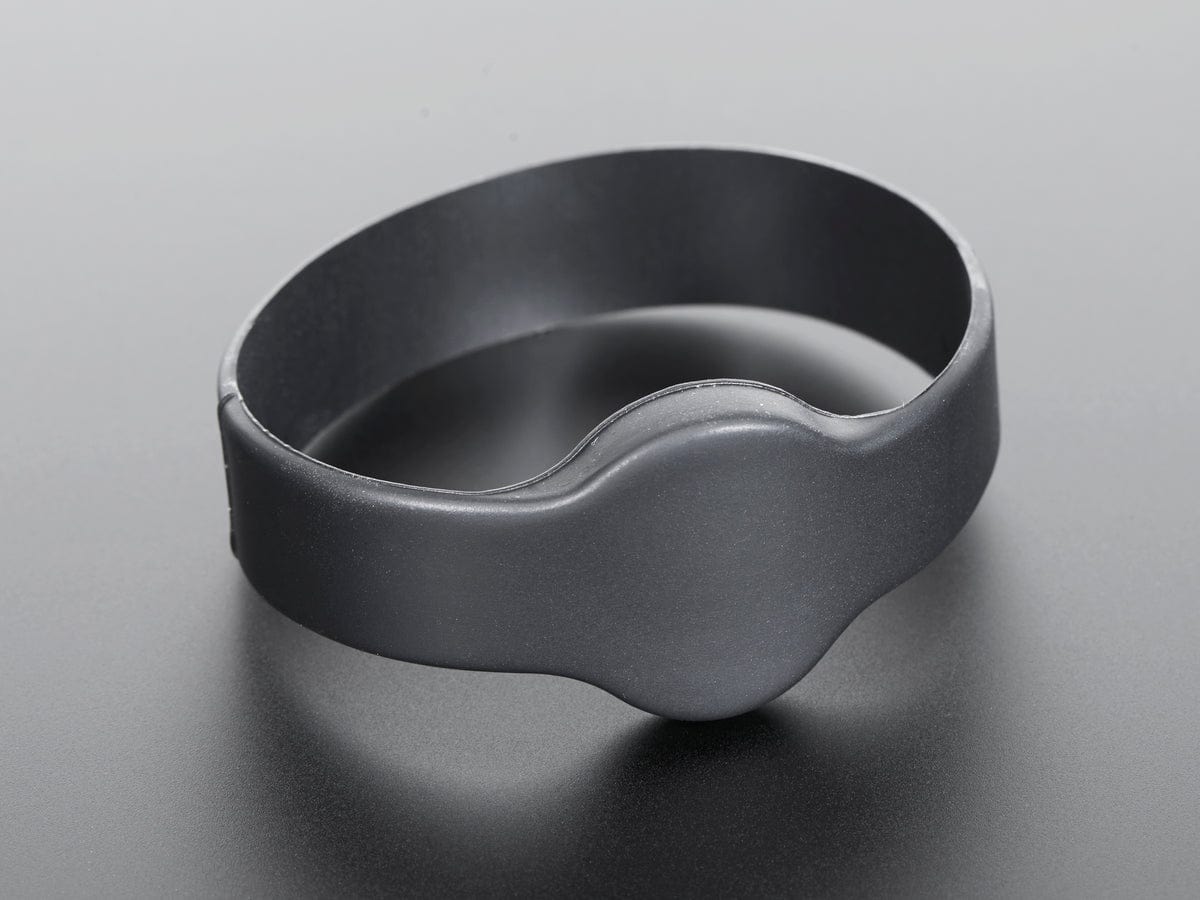
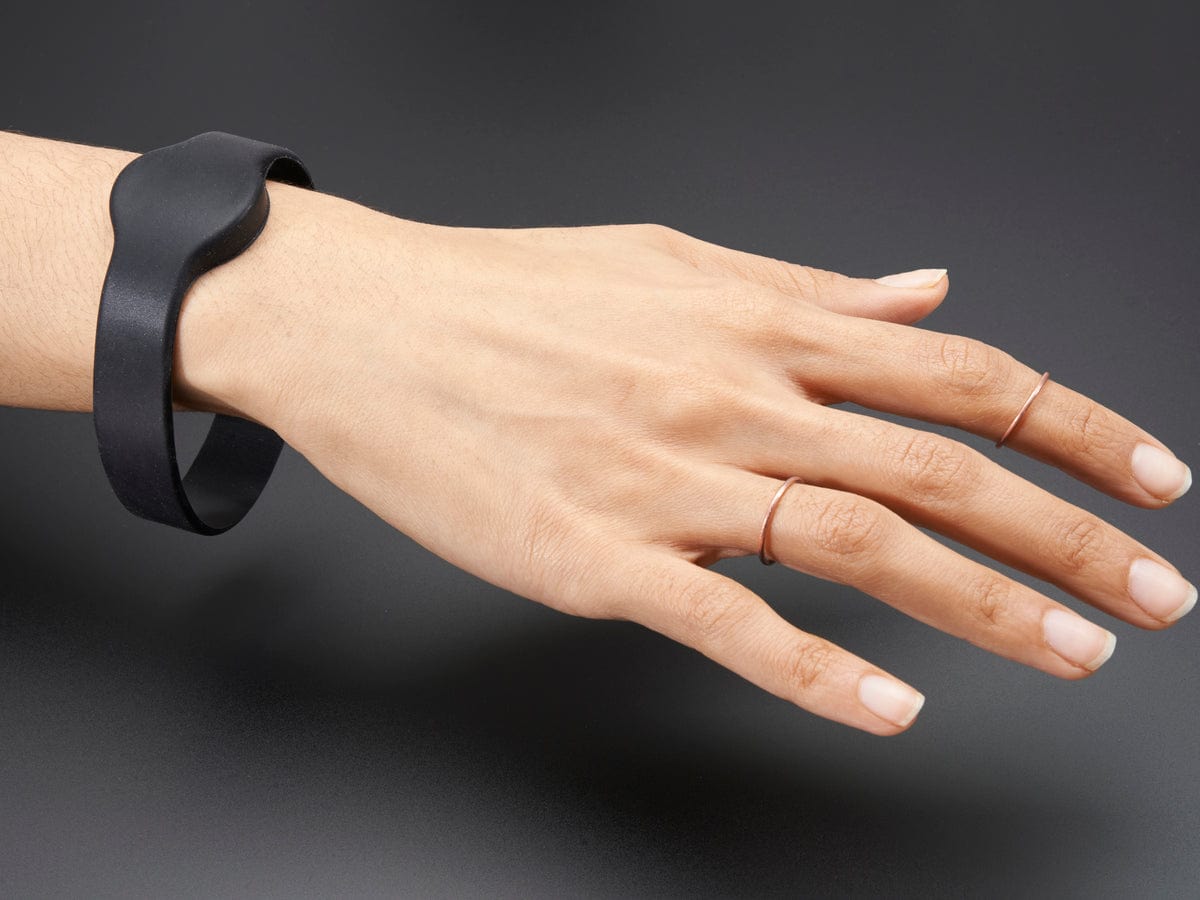
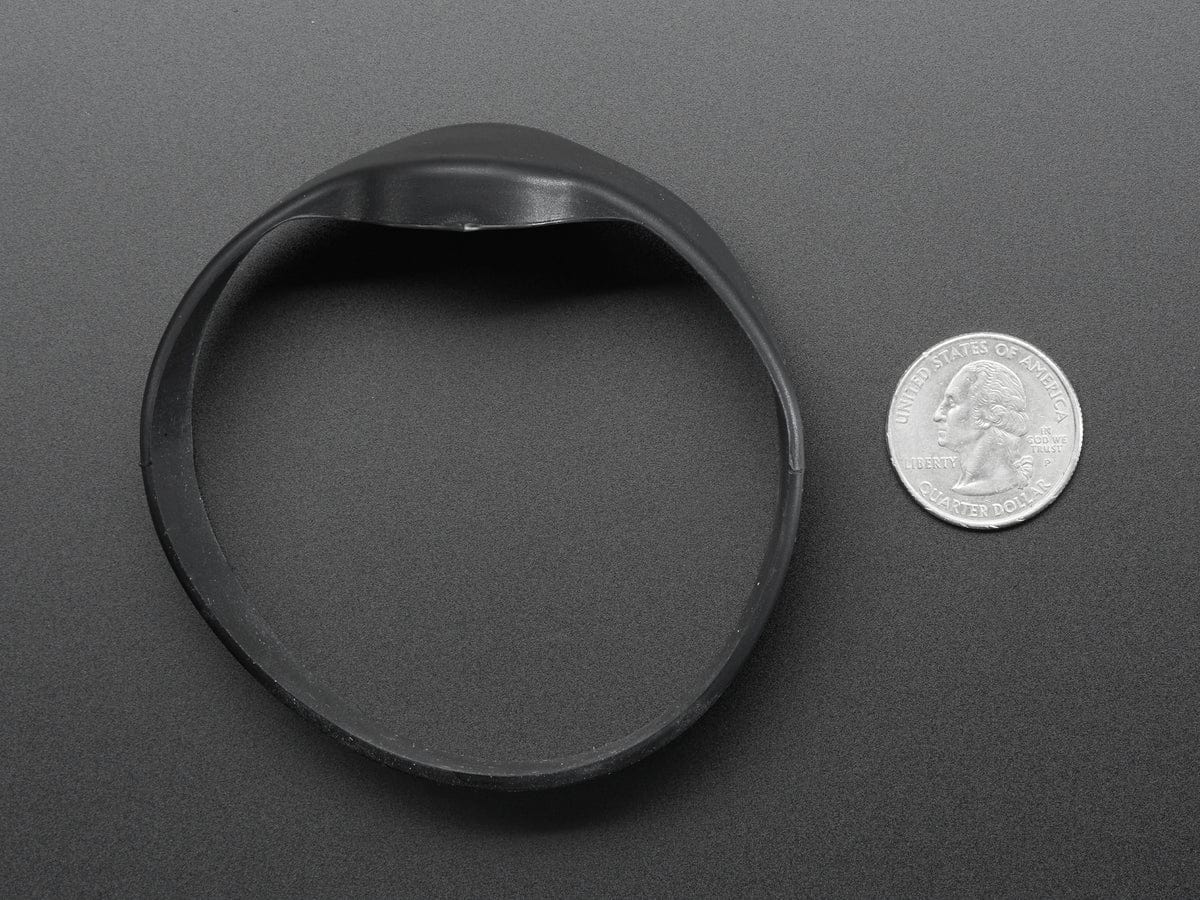
Login / Signup
Cart
Your cart is empty
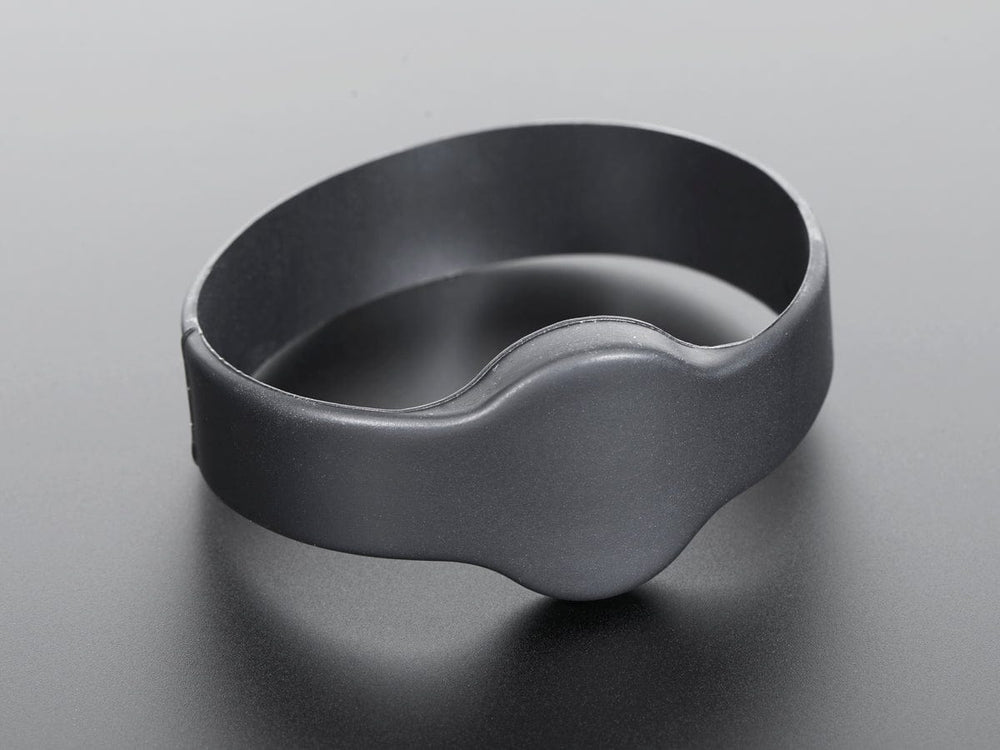
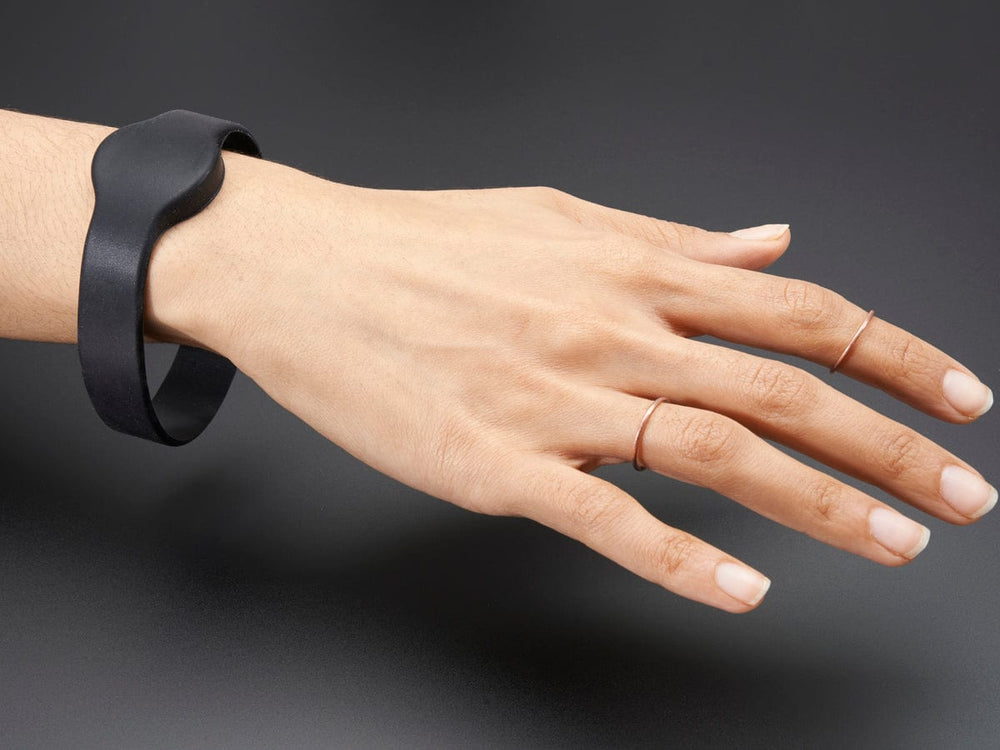
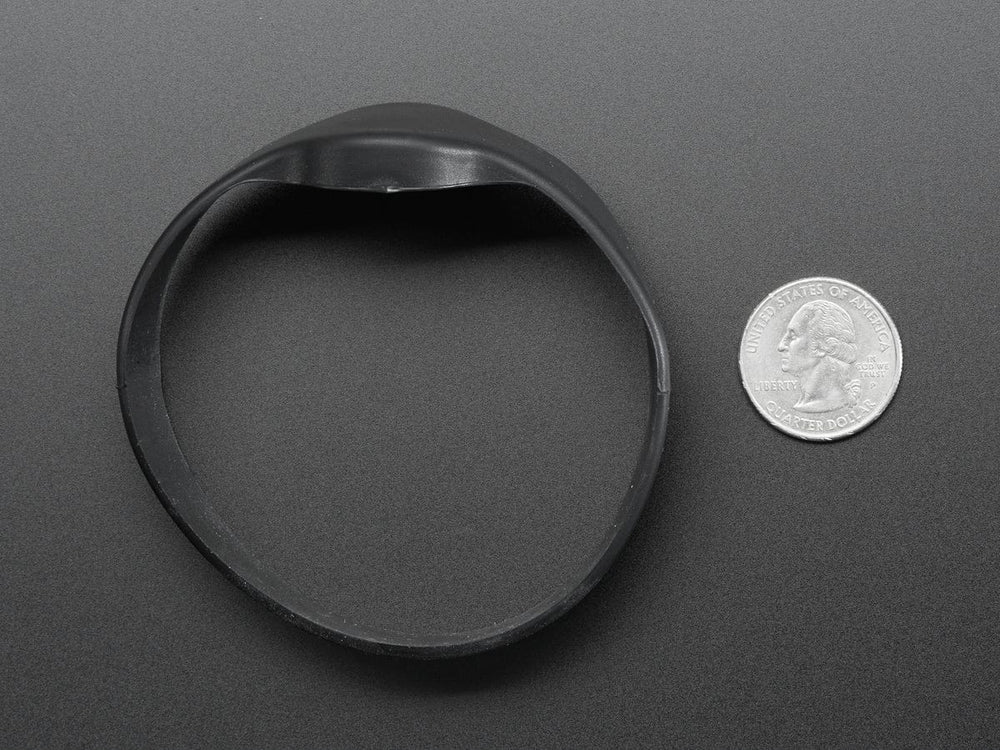
This is a blank 13.56MHz RFID/NFC silicone bracelet. The tag contains a small RFID chip and an antenna, and is passively powered by the reader/writer when placed a couple inches away.
These can be read by almost any 13.56MHz RFID/NFC reader but make sure it can handle ISO/IEC 14443 Type A cards as there are a few other encoding standards (like FeLica) They are tested and work great with both our PN532 NFC/RFID breakout board and Adafruit NFC/RFID Shield for Arduino!
These chips can be written to & store up to 1 KB of data in writable EEPROM divided into banks, and can handle over 100,000 re-writes. You can use our PN532 NFC/RFID breakout board or Adafruit NFC/RFID Shield for Arduino to read and write data to the EEPROM inside the tag. There is also a permanent 4-byte ID burned into the chip that you can use to identify one tag from another - the ID number cannot be changed.
These use a ISO/IEC 14443 Type A chipset, which used to be the 'classic' NFC chipset. In ~2014, the NFC forum decided not to support this chipset anymore, so newer phones do not support it. This only matters if you're trying to use this tag with a phone/tablet.
RFID chip specification:
Bracelet specification:





